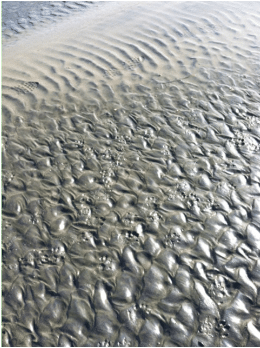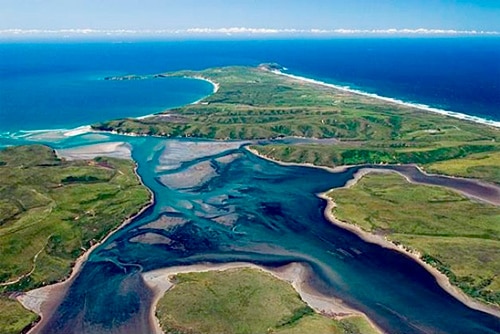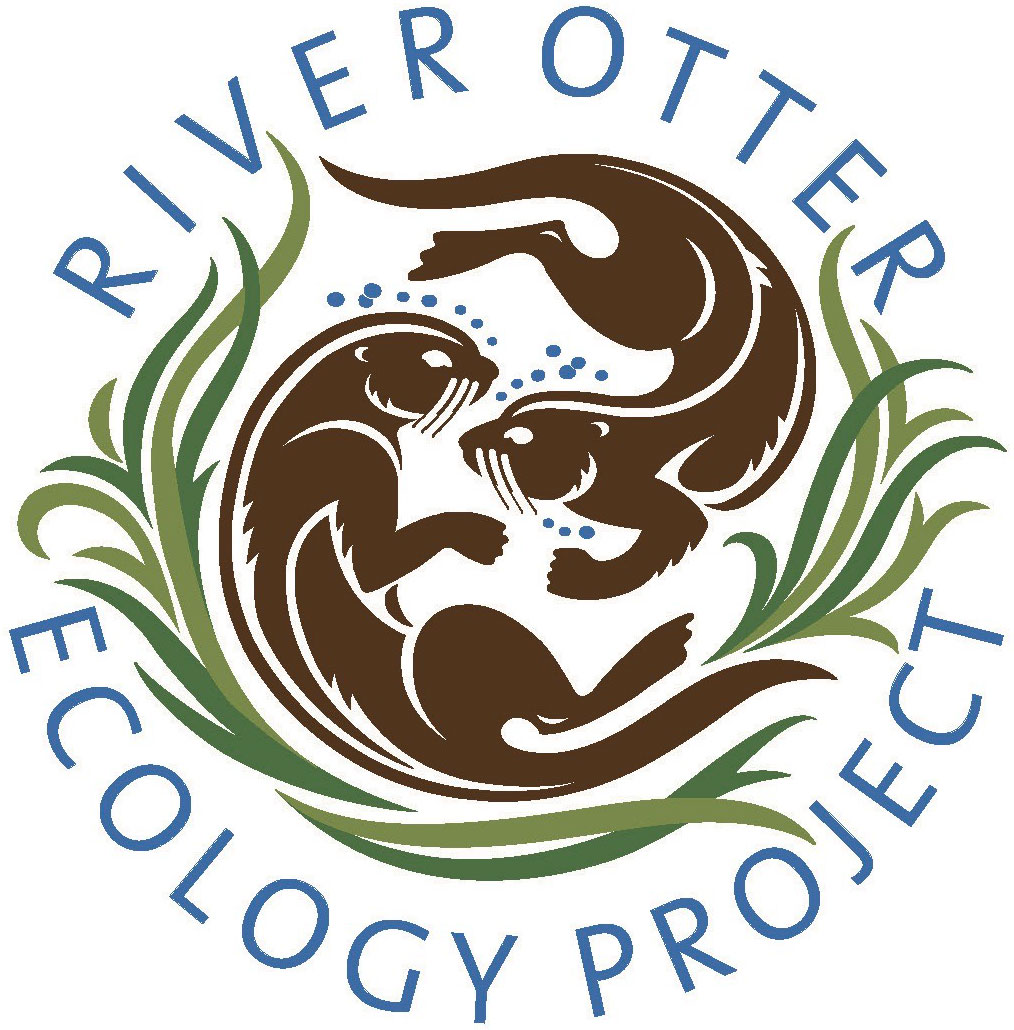By Paola and Ken Bouley
January 13, 2013
“Anyone reading the literature on otters will be struck by how little is known about them in the wild.”
— First line of Otters, a book by Daniel Allen

Otter tracks along the high tide line
In late 2012, Drakes Estero in the very heart of the Point Reyes National Seashore became the first designated Marine Wilderness Area in the continental United States. Forty-years in the making and no easy feat to secure.
Scouting out for otters along Drakes this morning we were entirely swept away by the beauty of this place and the richness of life that occurs here. Peregrine Falcon, and early morning tracks of an otter family, bobcat, coyote, raccoon, deer and elk along the inland bays. Black ravens perched high above the cliffs, and rafts of seabirds foraging in the near-shore, a Great-horned Owl hooting from the edge of the water (even though it was almost mid-day.) As we stripped off our shoes and socks to follow the track of 4 otters heading from a protected bay out to sea, we almost stumbled over 3 sleeping elephant seals. Sleeping so deeply as they soaked up the warm rays of sun, they didn’t stir or even notice our presence.
It is out here along the Point Reyes National Seashore where the basic fact that River Otters regularly swim out to sea as they criss-cross from bay to bay, river to river, one watershed to another, is most evident. Their familiar paw tracks are often seen heading seaward before they wash out in the surf. And some hikers have even been fortunate enough to be on a beach as river otters spilled out of waves and cruised up the beach towards their freshwater habitats.

Otters mom and pup emerging from the sea, 2012
Our River Otter Ecology Project team (100% volunteer) continues to work hard to document otters along the Point Reyes National Seashore, something that has never been done before. In partnership with Seashore and GGNRA staff, our remote otter-cams are helping us clearly document the local family groups, including pups (especially since it is so rare to actually see otters in the wild). As we track along and document these animals we are also gathering data on their preferred habitats and how they make a living in these coastal ecosystems.

Drakes Estero & Drakes Bay. Photo by Robert Campbell
It’s an exciting time to be a river otter ecologist. So many mysteries to untangle, so much to learn, and despite a never-ending (and growing) stream of work to get done we do get to work in some of the most beautiful places in the world — Drakes Estero and the Point Reyes National Seashore being clearly among those places.
It’s with immense relief and gratitude that we recognize that the Estero will be forever protected. And otters and the myriad of wildlife here will find a refuge and make their homes in and along these waters for the foreseeable future to come.
